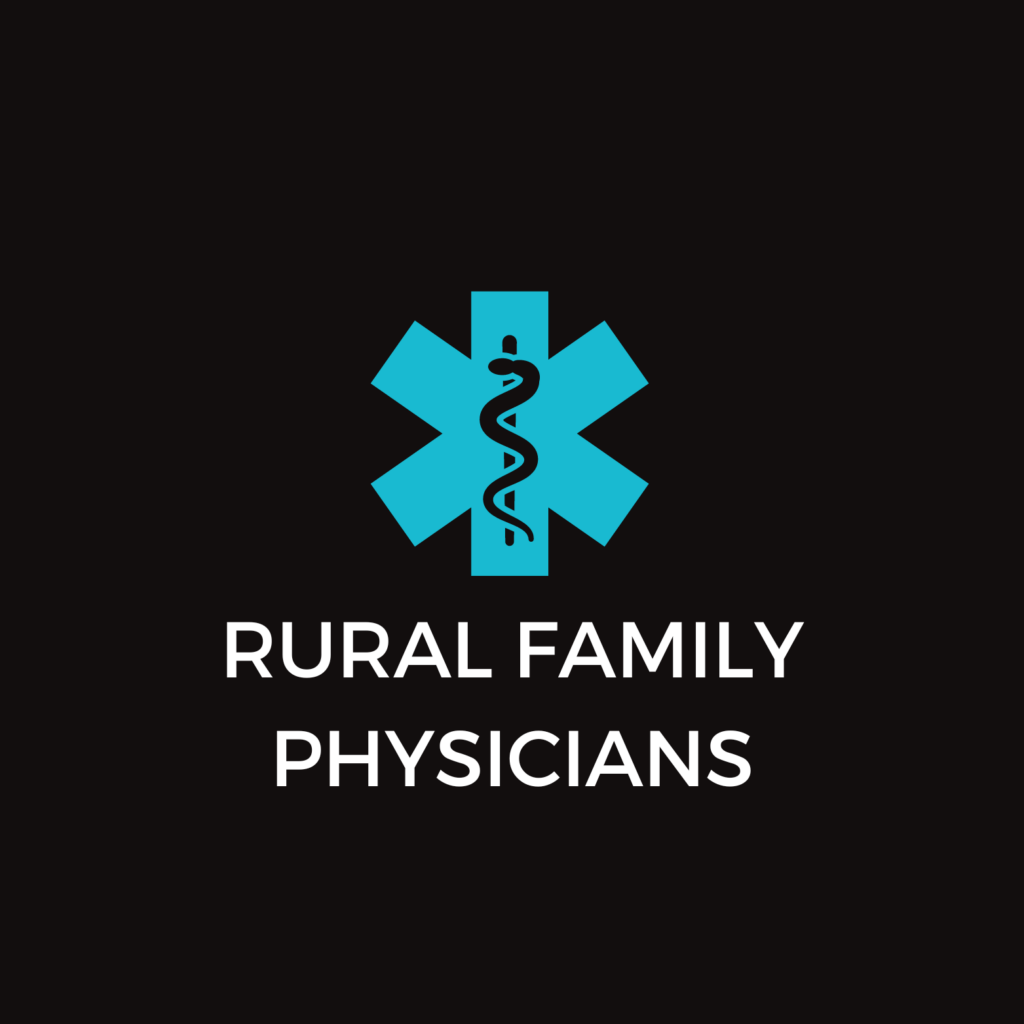CEO Update: Capital Funding
 The need for capital funding in rural is at an all-time high. Our rural hospitals were built with Hill Burton funding from 1946 and these facilities are in need of replacement. If we can’t replace our rural facilities, then we are being held back from offering the best care we can in our rural communities. Often some technologies can’t be incorporated because the infrastructure of the building won’t allow it. You ask, then why don’t they just build a new facility? Ah, how I wish it was that easy.
The need for capital funding in rural is at an all-time high. Our rural hospitals were built with Hill Burton funding from 1946 and these facilities are in need of replacement. If we can’t replace our rural facilities, then we are being held back from offering the best care we can in our rural communities. Often some technologies can’t be incorporated because the infrastructure of the building won’t allow it. You ask, then why don’t they just build a new facility? Ah, how I wish it was that easy.
Building a new hospital in rural areas takes years and years of planning, fundraising, loans, and community involvement including support, understanding, and lots and lots of communications. Nowadays it can easily cost $50 million or more to build a rural hospital due to building cost, material, and labor. With 24 of our rural hospitals operating in the red, how on earth can they ever afford to take on the debt that is necessary to produce a new facility?
I’m fortunate enough to participate in an advisory committee that is focusing on capital resources led by the National Organization of State Offices of Rural Health with funding from the Federal Office of Rural Health Policy. Both organizations saw the importance of capital funding and are bringing together national experts to work on raising awareness of the need, offering resources, and working on viable solutions. The USDA is offering access to low interest loans and other experts are sharing how to work on a strategy for what is called “stacking.” Stacking means how you gather many sources of funding to build to the amount of dollars you need. While the financial piece is real because you can’t build a new facility without money, it shouldn’t be lost that community buy-in and support are needed and necessary.
At CRHC we encourage our rural hospitals and clinics to share information in the best way your community can receive it. All of the amazing things you are engaged in and what you are doing to support them are valuable pieces of information to share. But on the other hand, you also need to be open and honest about your needs, emphasizing that you are the economic engine in your community. The National Rural Health Association and CHARTIS work together to analyze rural hospital data and share out the message about how when a rural hospital closes the town tends to die in terms of jobs and the economy. It’s important to hear this message and I know as healthcare professionals you understand. But does your community understand? I encourage you to have a conversation, many conversations.
For assistance with rural data and information please see CRHC’s website and download a copy of the Snapshot of Rural Health and contact me at mm@coruralhealth.org for more information and resources. As the State Office of Rural Health we are here for you.




